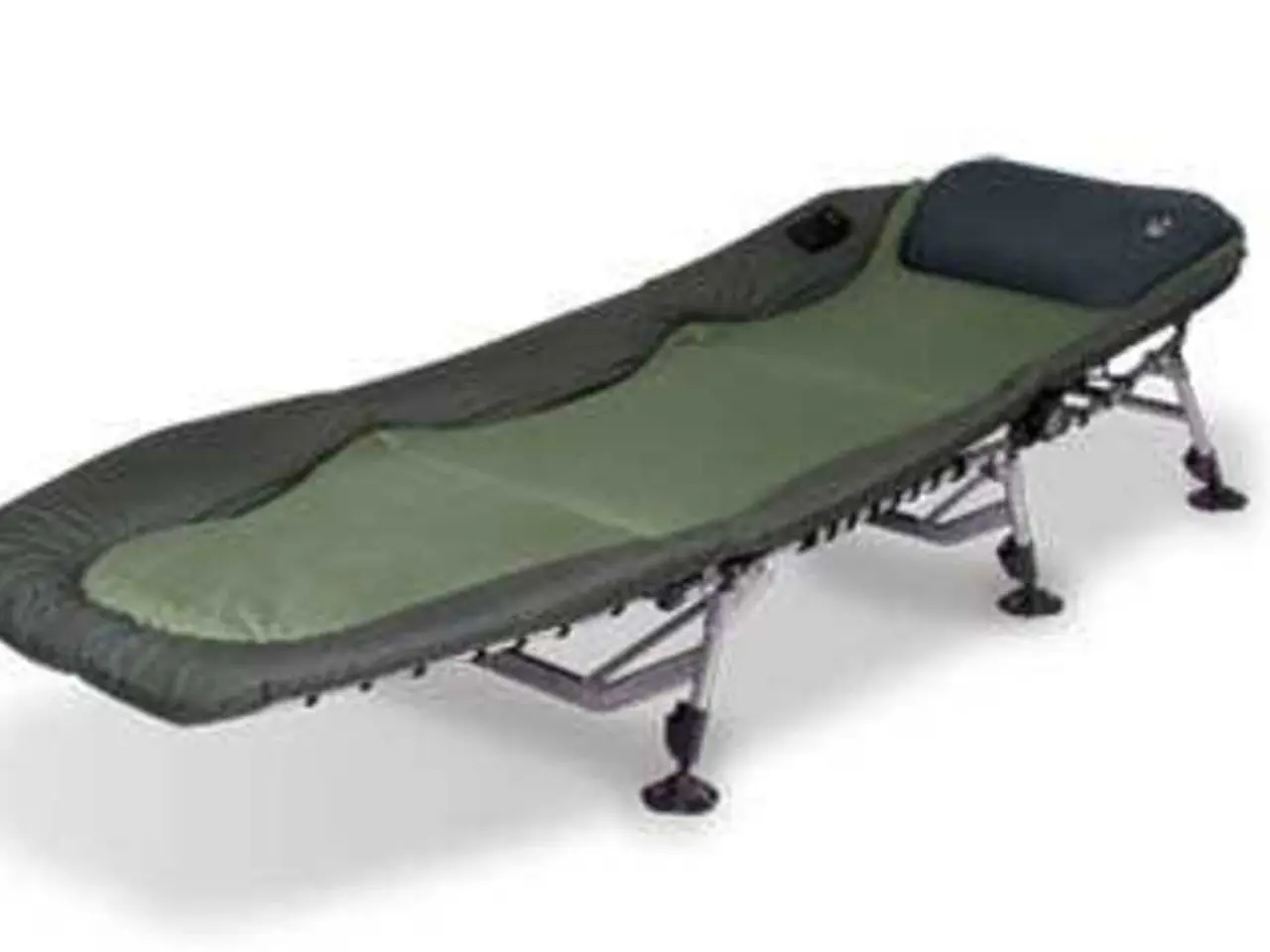Treatment choices for sciatica: Exploring medical interventions, physical exercises, and home solutions
Sciatica, a term that describes a variety of leg or back symptoms, often characterized by a sharp or burning pain that radiates down the legs from the buttocks, is a common health issue affecting many individuals, particularly those between the ages of 30 and 50. This condition is not a diagnosis in itself but the result of an underlying condition, most commonly caused by a disk herniation with nerve root compression.
In managing sciatica, a physiotherapist may or may not include stretching in a person's treatment program, depending on their level of hypermobility. Avoiding too much bed rest and staying active can help manage sciatica pain, as bed rest can worsen the pain, while staying active can ease inflammation.
There are a number of at-home methods that can help ease the pain of sciatica, but the effectiveness of these remedies is not well-established. Placing a small, firm pillow between the knees when lying or sleeping on the side, or underneath the knees when lying or sleeping on the back, can help alleviate sciatica pain. Applying heat pads or ice packs can also provide relief.
Over-the-counter medications such as ibuprofen and aspirin could help ease the pain of sciatica, but there is limited evidence to suggest that these medications work for sciatica. Some muscle relaxants used for sciatica have drowsiness as a common side effect, while steroid injections can help with the pain by reducing swelling, but they only work for a short time and some people find that they can make the pain worse. It is important not to exercise or stretch to the point that it makes the sciatica pain worse.
Exercises such as walking, swimming, plank, knee-to-chest stretch, and sciatic nerve mobilization can help ease sciatica pain. These exercises focus on core muscle stabilization and strengthening, which consistently improves function and reduces lower back pain associated with lumbar disc herniation.
Duloxetine, a serotonin-norepinephrine reuptake inhibitor (SNRI), is a leading candidate medication supported by emerging high-quality evidence for chronic sciatica. A randomized, placebo-controlled trial (the DREAM study) is underway to provide definitive proof of its effectiveness and safety over 12 weeks. Prior evidence indicates SNRIs can reduce sciatica pain at short-term (up to 2 weeks) but with low to very low certainty, and some risk of adverse events.
Other therapies such as acupuncture, massage, cognitive-behavioral therapy, and intensive interdisciplinary rehabilitation have fair but less robust evidence of benefit. Surgical treatments may be necessary for some patients with lumbar disc herniation causing sciatica and have shown effectiveness, but are generally considered when conservative measures fail.
In summary, duloxetine is a leading candidate medication supported by emerging high-quality evidence for chronic sciatica, core strengthening exercises have strong support for improving function and pain especially in conservative management, and short-term use of pain relievers plus activity modification can provide symptom relief. Other therapies have limited but potential benefits requiring further research. Surgical options are effective in selected cases but are not first-line treatments.
- Chronic sciatica may be managed with duloxetine, a serotonin-norepinephrine reuptake inhibitor (SNRI), as it is supported by emerging high-quality evidence.
- A randomized, placebo-controlled trial, known as the DREAM study, is underway to provide definitive proof of duloxetine's effectiveness and safety over 12 weeks.
- Core strengthening exercises, such as walking, swimming, plank, knee-to-chest stretch, and sciatic nerve mobilization, focus on core muscle stabilization and are effective in improving function and reducing sciatica pain.
- Short-term use of pain relievers like ibuprofen, aspirin, and applying heat pads or ice packs can provide symptomatic relief for sciatica pain.
- Over-the-counter medications have limited evidence to suggest that they work for sciatica, and some may cause drowsiness as a common side effect.
- Surgical treatments may be necessary for some patients with lumbar disc herniation causing sciatica, but they are considered as a last resort after trying conservative methods.
- Some alternative therapies, like acupuncture, massage, cognitive-behavioral therapy, and intensive interdisciplinary rehabilitation have fair but less robust evidence of benefit.
- The NSCLS might suggest physical therapies and exercises as a conservative management for sciatica, depending on the level of hypermobility.
- In managing sciatica, a person should avoid too much bed rest and stay active to ease inflammation rather than worsen the pain.
- Psoriatic arthritis, a form of inflammatory arthritis that affects the joints and the skin in the form of psoriasis, can sometimes cause knee pain, which may be eased with certain CBD-infused topicals targeted for joint health.




